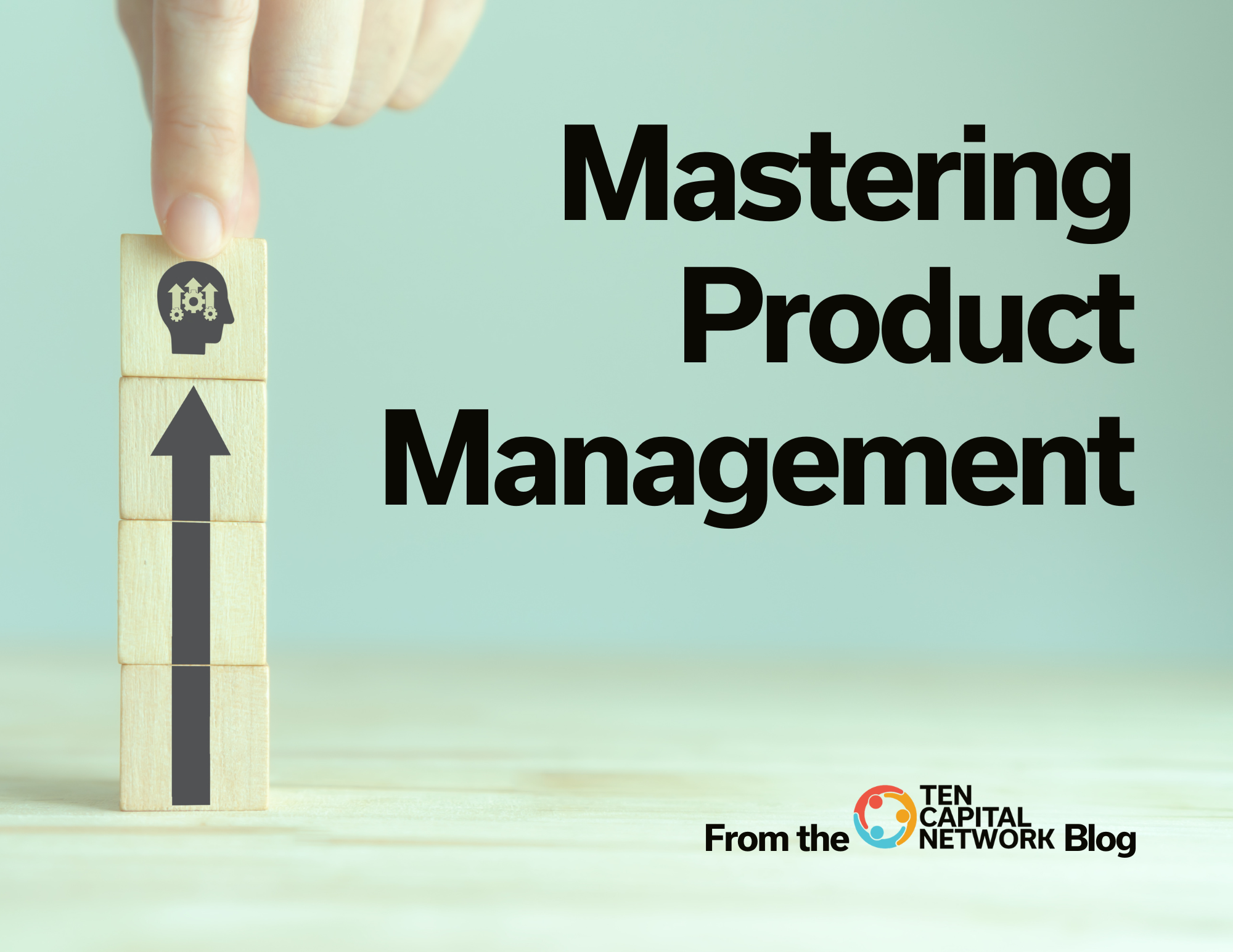4 min read What will be the COVID impact on Healthcare and Chronic Pain Markets?
Effects on The Healthcare Sector
The current focus on COVID-19 and things around it will eventually run its course. But the post COVID impact on healthcare-investment opportunities is going to be tremendous. Changes and advancements in healthcare technology are predicted to skyrocket, from non-touch transactions and telehealth advancements to AI-enabled procedures. Hopefully, there will be fair outcomes for the patients, providers, the healthcare system, insurers, and investors because when everything works in balance, it’s a win for everyone.
In the beginning, there was also a lot of uncertainty related to investments in companies in therapeutics or MedTech because no one knew how COVID-19 would affect their clinical trials. Overall, however, the pandemic has had a positive impact on investment in the healthcare sector.
For example, diagnostics is a field that does not get reimbursed very well and is therefore presents a risk for investors. Since diagnostics plays such an essential role in COVID-19 procedures, there have been a lot of financing of new diagnostic tools and an increase in reimbursement, especially in infectious diseases. The other sector that is seeing an increase in funding is digital health.
Not all sectors have been so lucky, however. Their highest margin of loss is on optional procedures and non-critical procedures. Many of the hospitals’ cash flow has been severely hurt by COVID, causing them to rethink, and a lot of them are cutting back on things like adding new facilities.
Bringing healthcare to the top of the mind on all fronts has highlighted and made transparent some of the inequities in the developing markets and the developed healthcare markets. This has worked to charge subsectors of the industry such as telemedicine, remote-patient monitoring, and point-of-care diagnostic.
One of the most significant changes COVID has had on the industry is the way we view healthcare. A good analogy is the way our views on phones have adapted to the technology. In the past, when you would think of a phone, you would think of a physical location. When you had someone’s phone number, you were calling a place. Through cellular phones, they’ve changed the way we view this process. Your phone number is you now, no matter where you are. And that’s what we’re seeing happen in healthcare. One area that is changing in this way is triage. Triage is how you determine who should be seen and when. We can now add to that equation how. Positive things are happening in the healthcare industry. We’re getting better utilization of our resources and hopefully will provide the best healthcare solutions for people at a more reasonable price point.
Changes in Business Operations
Everyone is aware of how the all-hands-on-deck routine went when COVID first broke out. Many current business activities were shut down, and in turn, many new activities such as massive refocusing on vaccines and personal protective equipment. There was enormous redirection involved, moving assets and money from one effort to another, which always creates a disruption.
The shutdown has disrupted our country’s economic health as well, meaning companies even unrelated to COVID-19 have been massively affected along with venture investment, venture capital, and investors.
Stressors across all industries are leading to change, especially in the healthcare sector. The changing of regulations that have been overdue for revisiting, such as those restricting the Medicare programs from reimbursing anything related to telehealth, are being accelerated. Even the FDA has been pressured to accelerate the deployment of reviewing technology, policies, processes, and procedures. Hopefully, these items that the FDA was forced to expedite will stick after the pandemic is over.
Some of the most prevalent changes we see as a result of COVID is companies going remote and digitizing their processes. The ability to change in these ways is an excellent indicator of how flexible and agile some of the larger companies in an industry are or are not.
Any startup has to be nimble on its feet and ready for a surprise at any time. They rarely, if ever, have funding to throw money at problems. They need to be creative and reactive in their response to opportunities as well as negative surprises. COVID has made this all the more relevant. Companies need to be able to adapt quickly to customer changes, even if it’s a matter of them being able to access them differently and with separation. The reality of the situation is that some business practices are not available to us now, and companies have to be agile and react to them to survive.
Changes in Production
COVID had the impact of accelerating some parts of an industry and de-accelerating other parts. In the healthcare space, vaccine development, manufacturing, and clinical trials were vastly scaled-up along with an unusual amount of business opportunities for otherwise commodity products. There is significant opportunity in hand sanitizer, face masks, gloves, office cleaning, and sanitizing services.
It’s remarkable how many commodity products and services that have not been historically tremendous growth opportunities are now a lucrative direction for some businesses.
We see some companies pivoting to fill that gap, while other companies are doing it to overcome loss of traction on their core business. At some point, this is all going to come to an end. There will be warehouses and warehouses full of hand sanitizer from 50-500 companies that never existed before. It will be interesting to see how that is set aside, ignored, or disposed of when companies redirect back to business as usual.
One thing we have already seen as an effect of these changes is the redirection to bring manufacturing and other operations back to the U.S. Even if a factory in Shanghai can ramp up production to provide double or triple the assets in a short time, that doesn’t mean we can physically get it here quickly. This has led to a trend in onshoring manufacturing capacity that will likely remain.
The pandemic has also to led to creativity in production and manufacturing. For example, the ability to produce toilet paper, ship it, stock it, and get it on the shelves is one thing, but you can’t make trees grow faster. So, what do you do? Do you create more toilet paper from recycled paper? There’s plenty of examples like this one that will cause a rethinking of how we deal with simple things like toilet paper.
Read more in the TEN Capital eGuide: TEN Capital eGuide: Investor Perspectives on Chronic Pain

Hall T. Martin is the founder and CEO of the TEN Capital Network. TEN Capital has been connecting startups with investors for over ten years. You can connect with Hall about fundraising, business growth, and emerging technologies via LinkedIn or email: hallmartin@tencapital.group





